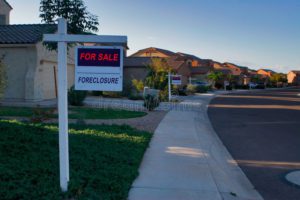Analysts predict that the number of foreclosures may rise. The housing market is healthy, but coronavirus shutdowns have had a significant impact on the economy. Unemployment remains high.
It’s essential to prepare for foreclosure if you are waiting to find a deal. Although many of the elements involved in buying a foreclosure home are the same as buying any other home you can simplify the process by being clear about what to expect.
There are two types of foreclosed houses. There are two types of foreclosed homes: bank-owned and real-estate-owned. In both cases, the lender is the owner of the properties. The main difference is in the stage of foreclosure.
The homeowner of a bank-owned home is in foreclosure. Their lender has taken steps to get them out. Bank-owned properties are often foreclosed and put up for auction. If the home does not sell at auction it is still bank-owned, but it is an REO. REO properties are those that have been at auction but are still not sold. They may be offered to the lender through their REO agents.
Foreclosures are often cheaper than comparable properties in the same area, and can sometimes be significantly more expensive. Many foreclosures sell for a fraction of their market value. A foreclosed house may offer other benefits, including lower interest rates and reduced down payments. You could also avoid closing costs and appraisal fees.
You may be able to find a deal for a distressed property that is not bank-owned.
There is, for example, the pre-foreclosure stage. The lender has informed the borrower that they are in default. However, if the homeowner is able to sell the property, it might be possible to avoid foreclosure proceedings. A lender will take less for a property than the mortgage if it is short-sold. A lender can approve a short sale even if you are in default.
You can also own properties that are government-owned. The federal government is the owner of a property that was purchased with a government-backed mortgage.
If you want to buy a foreclosure, the following are the steps to expect:
- Mortgage Preapproval
- Find an Agent Experienced in Foreclosures
- Make a Competitive Offer
- Get an Inspection
A foreclosure home purchase comes with many risks. You may not be aware of hidden costs or problems that exist in a foreclosed home. It can also be slow.
When buying a foreclosure, there is a lot to do. These properties are often difficult to sell because banks tend to take a long time to respond. If they have a lot of foreclosures backlog, they may take months to respond.
This doesn’t mean that buying a foreclosure is a bad idea. These are just some of the hurdles you should be aware of.
Original Blog: https://realtytimes.com/archives/item/1039976-what-s-the-process-to-buy-a-foreclosure?rtmpage=






